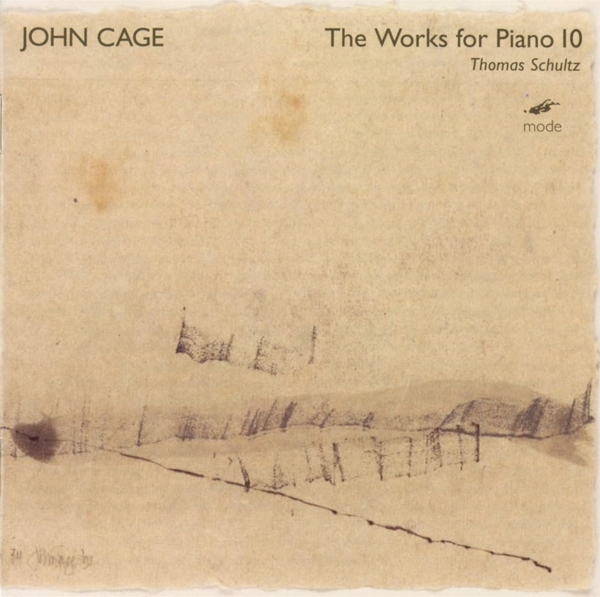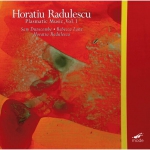Accessoires |
Mon compte
|
Ouverture de session
|
Français |
€ Euro |
Recherche avancée
|
Toutes catégories
BEST SELLER
500
NOUVEAUTéS
7.937
PROMOTIONS
222.253
Votre cherche:
pas de sélection
Résultats limité:
TECHNIQUE
254.767
JEUX/LOGICIELS
25.501
MUSIQUE
696.358
Classique divers
4.356
- Accordéon
22
- Basson
5
- Clarinette
21
- Clavecin
219
- Clavicorde
44
- Contrebasse
5
- Flûte
54
- Flûte à bec
12
- Guitare
307
- Harpe
44
- Hautbois
8
- Instr.seuls divers
1.676
- Instrum. historiques
16
- Luth
106
- Mandoline
11
- Orgue
528
- Percussion
15
- Piano
2.356
- Saxophone
12
- Trombone
4
- Trompe
3
- Trompette
9
- Viole
28
- Violon
195
- Violoncelle
118
Musique symphonique
12.983
|
Musique Films Livres audio Merchandise Enfants |





















